Take your fitness to the next level with a full body Pilates workout that will strengthen and tone even the smallest muscles.
You may already know that Pilates should be a regular part of your workout routine — benefits include core strength, increased mobility and less risk of injury— but did you know that having a consistent Pilates practice will take your overall fitness to the next level?
Mastering the six main principles of Pilates will allow you to have more strength, control and mobility in everything that you do, both in the workout room and your everyday life.
What Is Pilates?
Pilates is a form of exercise that emphasizes core strengthening, postural alignment and breath. It balances the physical body with a combination of strengthening and stretching, and is a perfect complement to cardiovascular exercise. Pilates is particularly beneficial for those of you who do High Intensity Interval Training (HIIT), as it helps you maintain great form and alignment, even when moving quickly.
The Six Pilates Principles
The Pilates system is based on six principles, which are equally important to consider no matter what kind of exercise you are doing.
1. Breathing
Joseph Pilates said: “Breathing is the first act of life and the last. Our very life depends on it.” Our breath links the mind and body during movement and stillness; breathing helps us to focus our wandering minds on what we’re doing physically. It also helps us to activate our deep core muscles and improves lung capacity. Pay attention to the sequencing of breath during your Pilates workout, as every inhale and exhale triggers a specific movement, feeling or release.
2. Concentration and Control
It is better to do five repetitions of an exercise perfectly than 20 without paying attention. By concentrating on what you are doing and maintaining correct form, you will find yourself getting fitter, stronger and more flexible with seemingly less effort! In Pilates, we pay attention to even the smallest details — from the angle of our feet to the elongation of our fingers. It all counts.
3. Centering
Every Pilates exercise starts from the center of the body and radiates outwards. Think of the core as both your anchor and your compass, keeping you stable and safe while guiding the direction of each movement.
4. Balanced Muscle Development
In a full body Pilates workout, you will train the body in every direction — front and back, side to side, bend and flex, stretch and strengthen. Multi-directional training allows your body to function optimally because you won’t overdevelop some muscles at the expense of others … I’m looking at you, biceps and quads!
5. Flow
Rhythm and flow is perhaps what I love most about Pilates, with movements that are smooth, graceful and functional. Continuous whole body movement creates balance in your body, mind and spirit. Try to add flow into all of your workout routines this week — it will make the sessions fly by.
6. Relaxation
There’s no point in pushing yourself to exhaustion every time that you go to the gym. I’ve found that pulling back and only using the amount of effort required to do an exercise correctly have improved my fitness (and healed past workout injuries), while leaving me more relaxed overall.
Full-Body Pilates Workout
This is an intermediate Pilates mat workout to be completed as a series, moving from one exercise to the next with minimal breaks in between. As you become more comfortable with the moves, I encourage you to increase the challenge by doing them with the six Pilates principles in mind. Breathing tip: Inhale through the nose and exhale through the mouth, as though you’re fogging up a mirror.
The Hundred
The Hundred is your full body warm-up, bringing heat to the body and firing-up the core. Start with your legs in a tabletop position, knees directly over your hips, shins parallel to the floor, and your arms reaching down by your sides. EXHALE as you roll your chest and head up into an ab curl and extend the legs out to 45 degrees. Begin to pump the arms as you INHALE for 5 strong and short breaths, and then EXHALE for 5 breaths for ONE repetition.
Spine Stretch Forward
Spine Stretch Forward increases spinal flexibility while strengthening the deep abdominals (transversus abdominis and obliques). Start by sitting tall, with your legs straight and wider than hip distance and your feet flexed. Reach your arms forward at shoulder height, then INHALE and prepare for movement, then EXHALE, keeping the sitting bones on the floor, rounding your spine forward, pulling your navel in towards your back, and continuing to reach through the fingertips. INHALE, stay in the stretch, deepening your abdominal connection. EXHALE slowly and roll up to a seated position, one spinal vertebrae at a time.
Double Leg Kick
Double Leg Kick strengthens the lower back and hamstrings; it’s very important that you keep your abdominals engaged and your pelvis stable during this move. Start by lying on your stomach, face to the ground. The legs are straight and squeezing together; the hands are resting on the lower back, palms facing up. INHALE and prepare for movement. EXHALE, bend your knees and pulse your heels towards your backside three times. INHALE, press the legs back down to the floor, then lift the head and chest into a spinal extension, reaching the arms back towards the feet. Lower to the starting position.
Swan Dive
Swan Dive is a high-intermediate exercise to strengthen the entire back of the body while stretching the abdominals. To modify, simple omit the rock and hold basic swan. Lay on your stomach with your legs mat-distance apart; your hands are under your shoulders with bent elbows. INHALE, press into the hands and straighten the arms as you extend the spine, EXHALE, squeeze the legs and rock forward, bending the elbows and lifting the thighs away from the floor. INHALE, press back into swan for ONE repetition.
Side Kick – Abduction
Side Kick – Abduction is a great move for toning the entire side body. Lay on your side with your spine straight from head to tailbone, resting the head on a hand. Take both legs forward to a 45-degree angle and flex the feet. Keeping the body completely still, EXHALE and lift the top leg just past hip height, INHALE to lower. Tip: Keep your hips stacked one on top of the other, and only lift that leg to where you can without changing the pelvic position.
Teaser
Teaser strengthens the entire body, but the abdominals and hips in particular. Lie on your back with your arms reaching down by your sides. INHALE to engage the abdominals, and EXHALE as you roll one vertebra at a time off the mat while lifting the legs up to a 45-degree angle off the floor. Balance on your tailbone as you reach your arms towards your toes. Focus on lifting your chest and lengthening through your spine. INHALE to slowly lower back down, with control, one vertebra at a time. EXHALE.
Pilates Push-Ups
Pilates Push-Ups focus on the tricep muscle at the back of the upper arm, and is great for you guys and gals who do a lot of wide-grip chest work. Start in a full plank position with your wrists under your shoulders and abs pulled tight, feet are in Pilates V (heels glued together and toes slightly apart). INHALE as you bend the elbows, keeping them tucked in to the ribs, then EXHALE to press back up to plank. Tip: The key here is to stabilize your shoulder girdle by keeping the shoulder blades lying flat on the back; they should not pop up or move together.
(Your Next Workout: Intermediate Total-Body Pilates Workout)


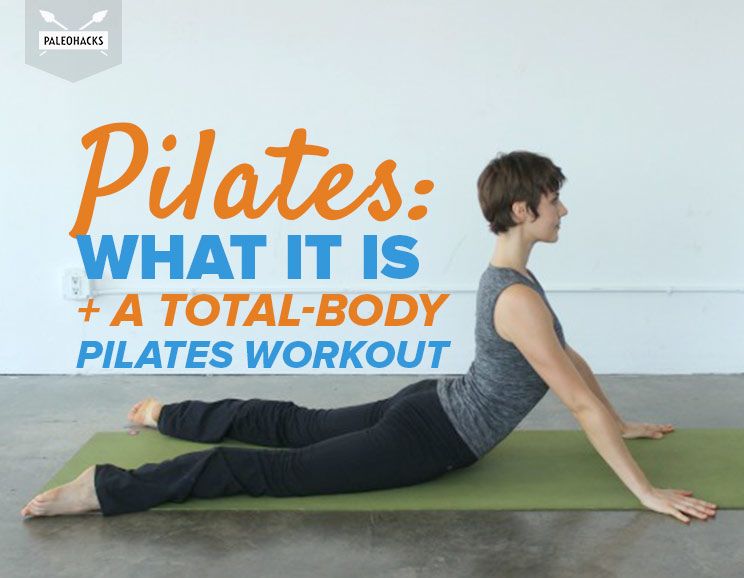
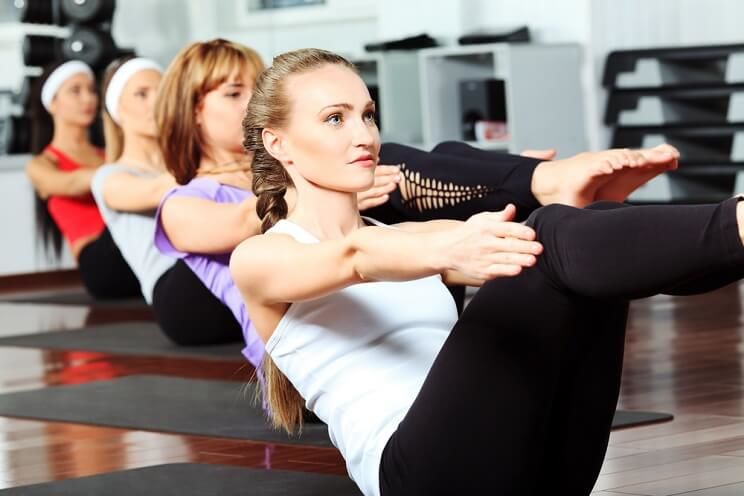

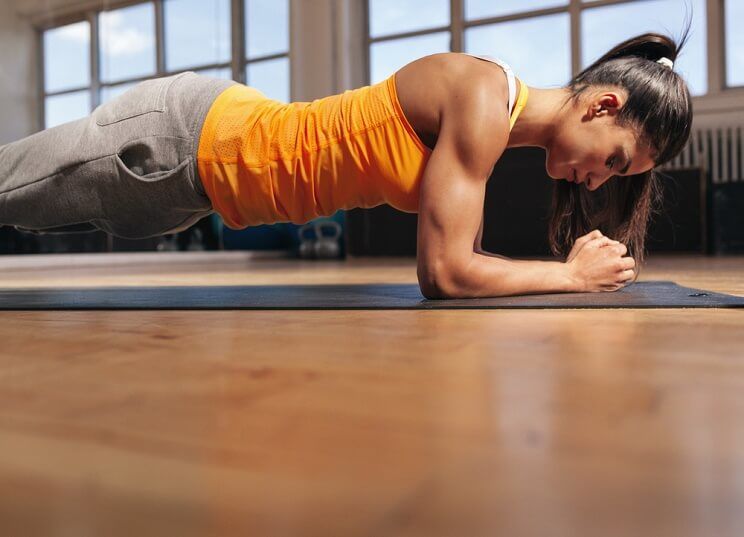
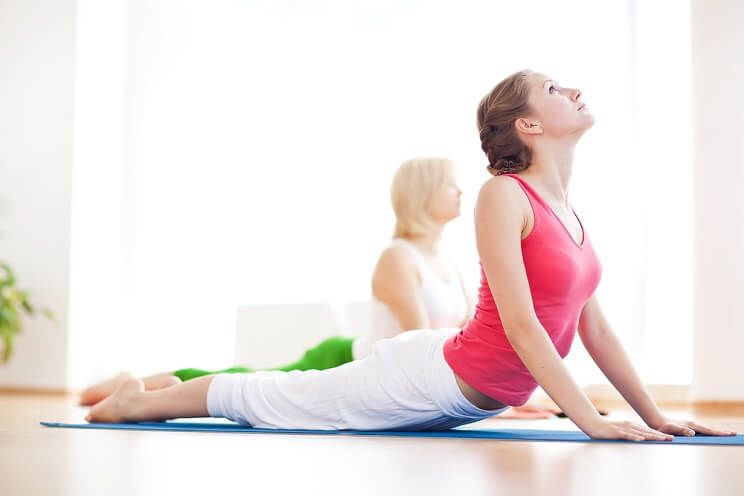
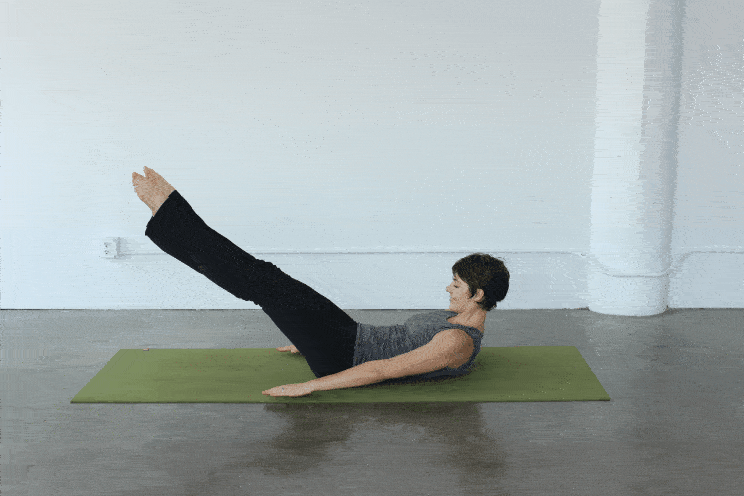
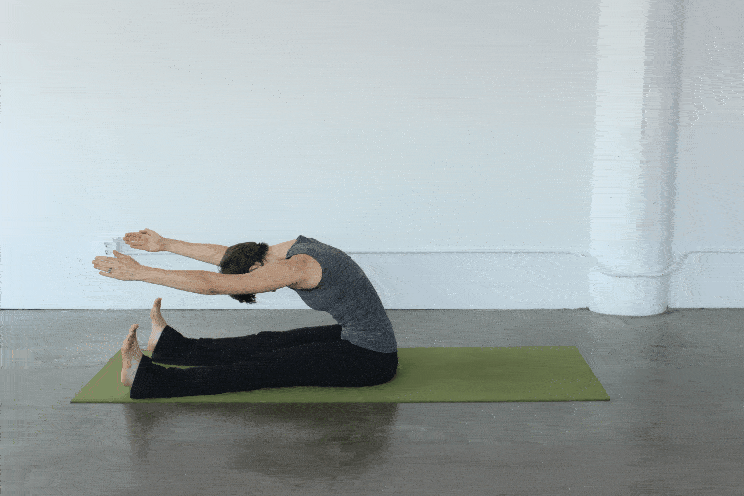
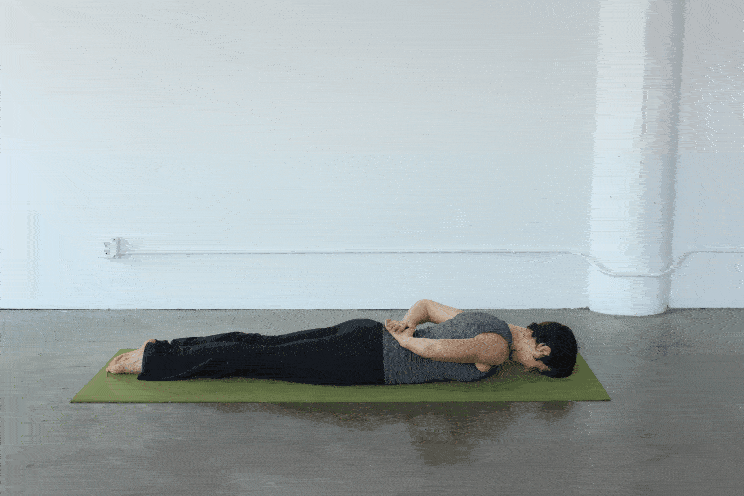
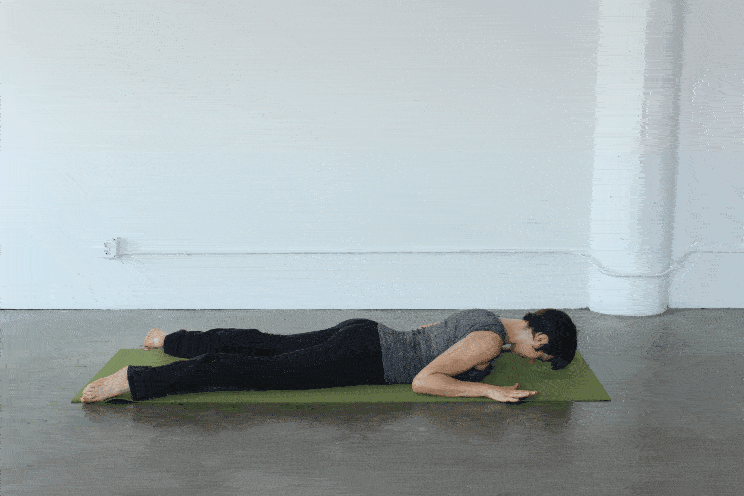
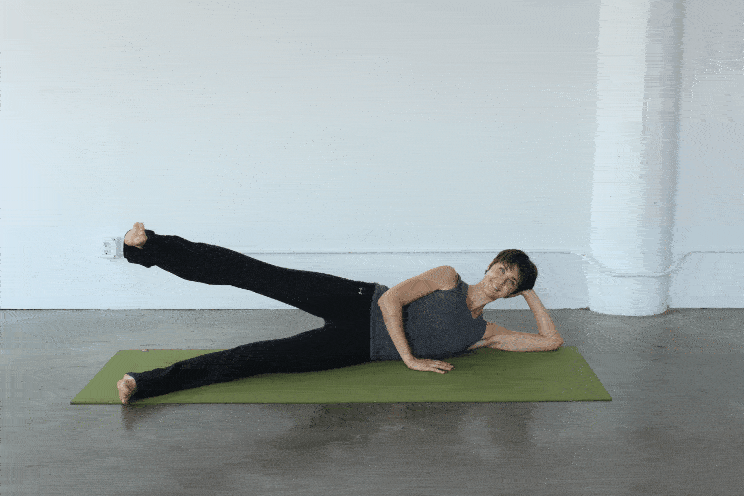
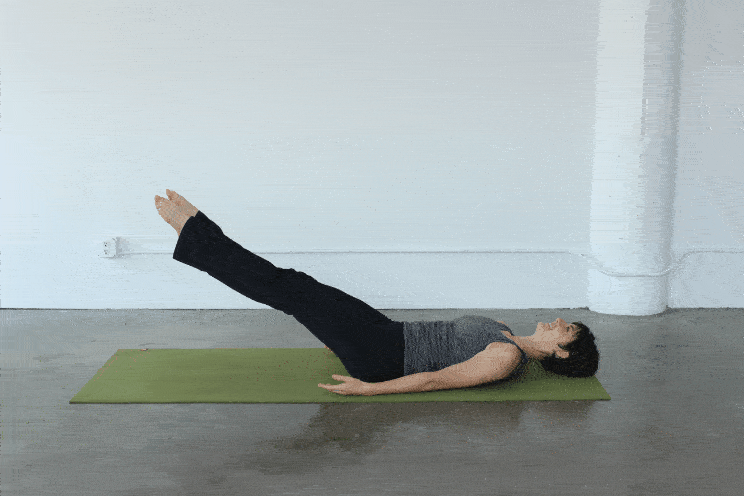
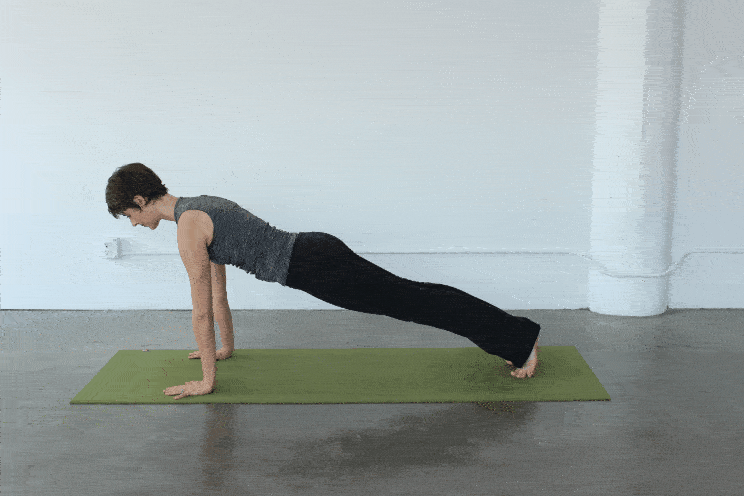

 Anxiety: Symptoms, Causes & Natural Remedies
Anxiety: Symptoms, Causes & Natural Remedies
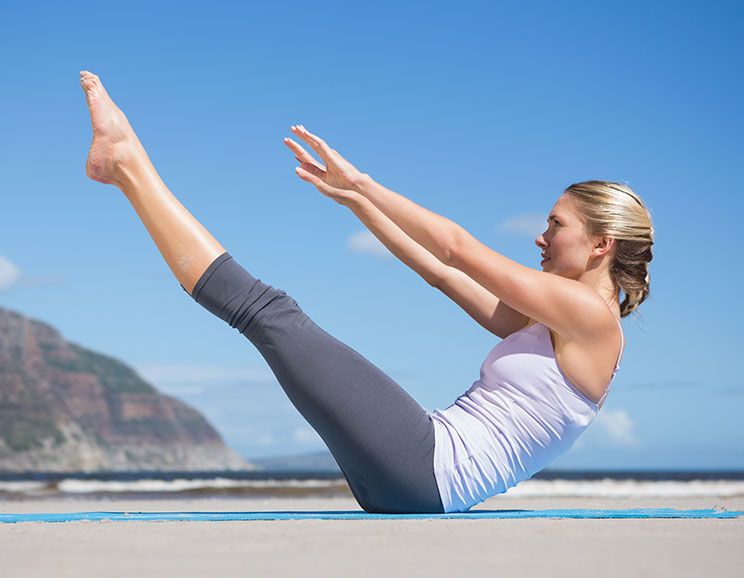
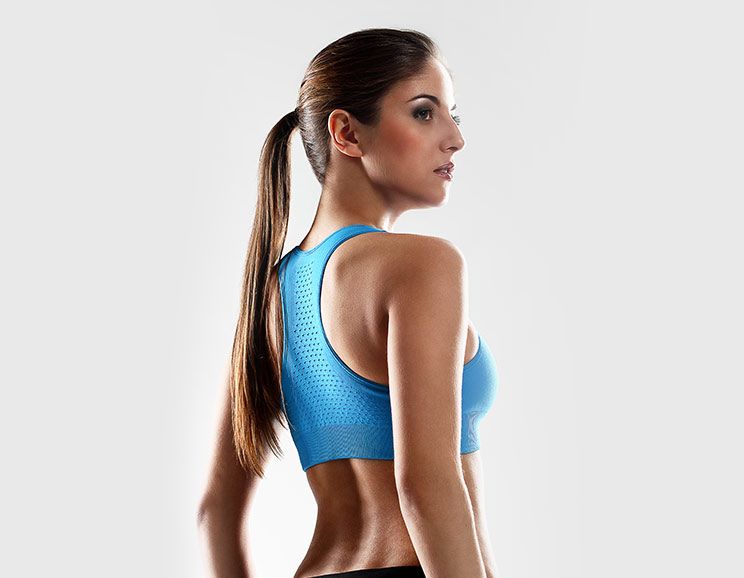
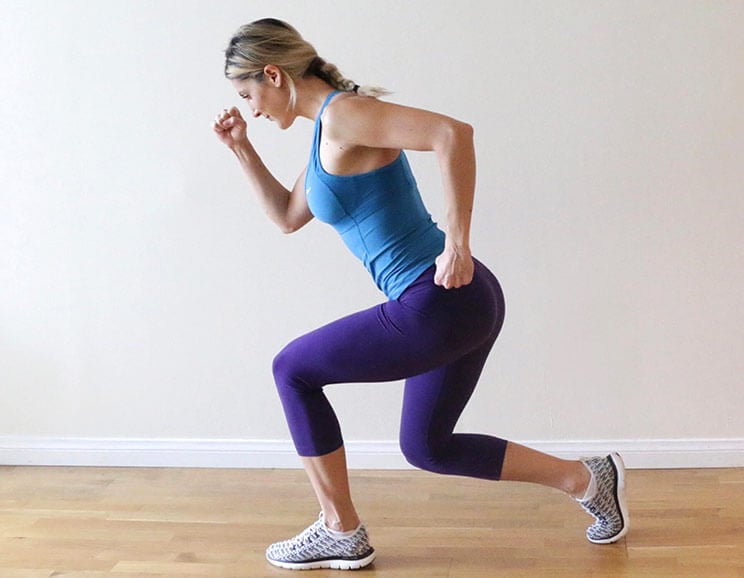
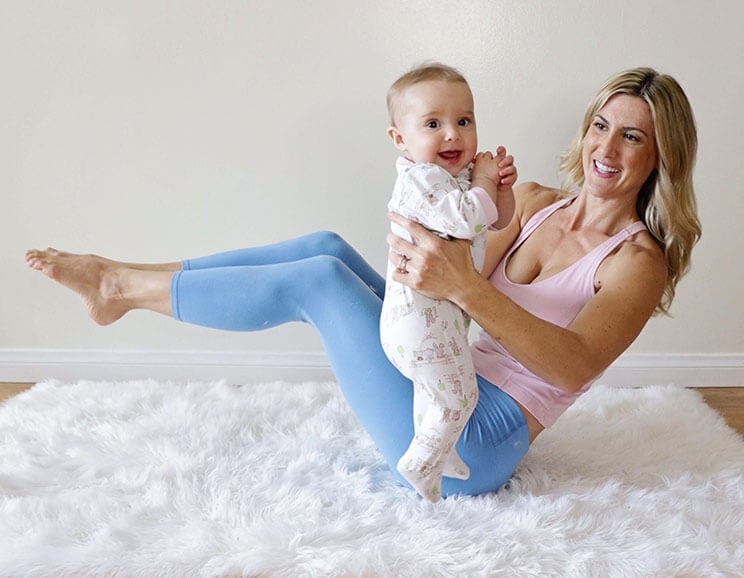
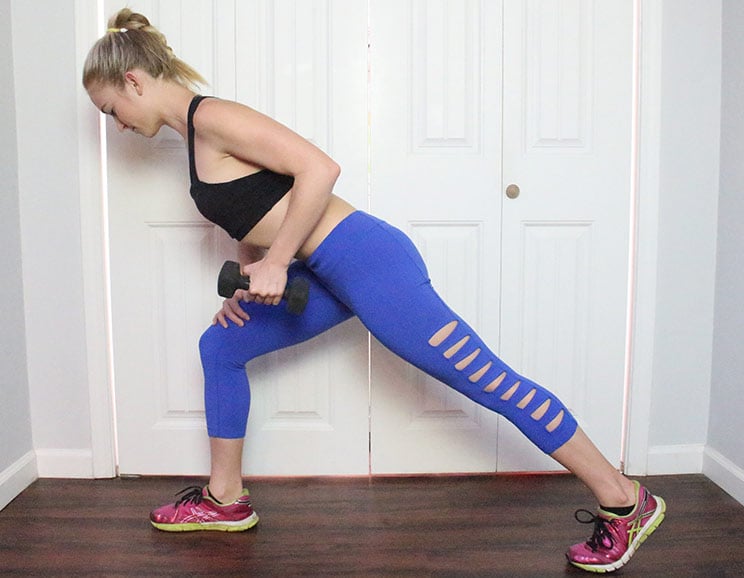


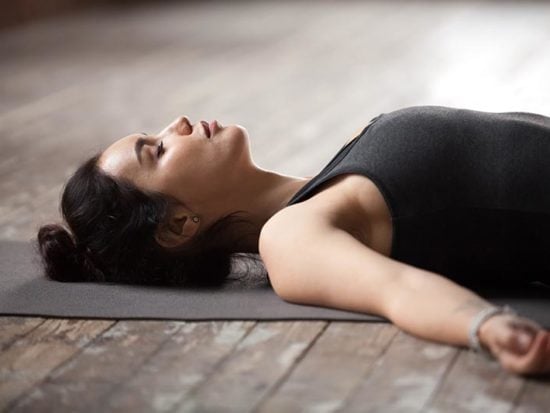
Show Comments